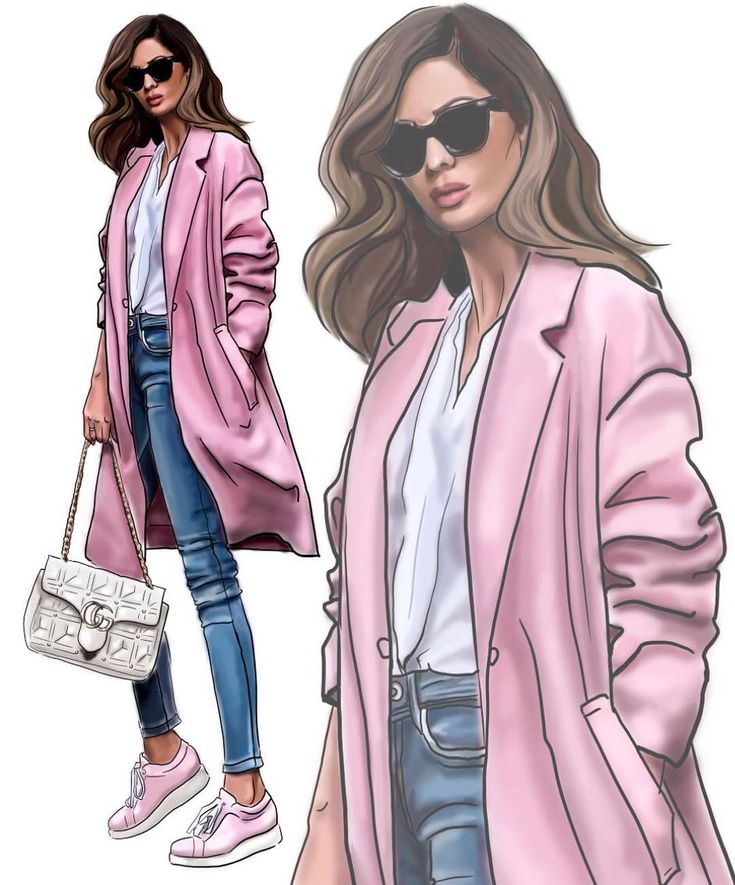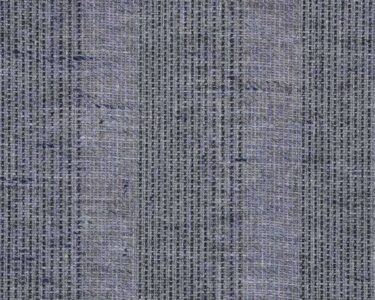Fashion illustration has been an integral player in the industry over the years by capturing clothing design’s true
spirit long before they become real. The journey of fashion illustration has come a long way since its traditional
hand-drawn sketches stage to today’s modern digital techniques. At present, it works not only as an artistic expression
but also acts as a major tool for designers, brands and lovers of fashion. In this article, we will explore the rich past of
fashion illustration as well as how it has transformed through time and affected runways.
1. The Origins of Fashion Illustration
In the 16th century, clothes would be sketched by artists to remember an outfit owned by a king or queen.
The main purpose was always communicated to wealthy individuals through this mostly used tool by
dressmakers and tailors. In Europe, where fashion got more formalized especially in France at that time,
the need for specific sketches increased considerably .In fact, by late 1700s fashion plates; photographs
showing off current styles began appearing in different magazines signifying how fashion illustration came about in modern times.
2. The Golden Years of Fashion Illustration
Fashion graphics turned out to be enormously in demand between the late 1800s and the early 1900s. Hence, at
the time haute couture began in Paris, there was a remarkable rise in fashion illustrations appearing in magazines
and catalogs. These images became priceless artifacts of that era, created by renowned artists such as George
Barbie, Rete, and Paul Uribe. Their unique styles usually included bright colors and wavy limbs especially draping.
Henceforth, Vogue or Harper’s Bazaar would cover their complex drawings on both front covers and inside pages
before photography became acknowledged in fashion; tautologically speaking it was during this time when designers
needed such illustrations so as to cater for various classes of society.
3. Fashion Illustration: Rise and Decline
In 1930s, when fashion photography began to take off, fashion illustration receded into the background.
The sketches were never as realistic or accurate as photographs; hence they lost relevance in both fashion
magazines and advertising campaigns that preferred pictures over drawings. For years on end, illustrations
became rare entities within modes of fashion communication.
Nonetheless, fashion illustration was not completely obliterated. In an epoch characterized by the need for photography-free distinct artistic interpretations of garments, the late 20th century witnessed its revival. Designers started to see in illustrations what they could hardly find elsewhere – emotions and fantasies. This revival was also spurred on by growing popularity of computer technology.
4. The Digital Revolution in Fashion Illustration
Currently available software tools such as Adobe Illustrator and Procreate are highly sophisticated requiring
artistic works to be drawn in quite sophisticated designs thereby enabling designers to make very detailed
illustrations at speedier paces than previously possible. Digital fashion illustration is more accurate, allows
for experimentation and is easy to edit as opposed to traditional hand drawn styles.
In addition, increased internet usage has widened the audience of fashion illustrators. By allowing them to instantly
share their works with a multitude of people, social networking sites like Instagram, Interest or Tumbler have offered
a global platform for fashion illustrators. For instance, Megan Hess, David Downtown and Katie Rodgers are all globally
acknowledged digital fashion illustrators who use technology as their medium .Therefore in contemporary society,
fashion illustration remains significant.
5. Fashion Illustration in the Fashion Runway
The role that fashion illustration plays in the runway shows is still very important in bringing them to life. Behind every
stitch and seam, fashion designers rely on illustrations to sketch idea and get a sense of how these clothing items will
look on the body. For this reason, these sketches serve as blueprints for the entire designing process thus operating as
critical communication tools between designers, pattern makers and manufacturers.
Moreover, during fashion shows, designers often employ live fashion illustrators who help capture the ambiance of an
event in real time; they show a different artistic sense. While photographs can freeze an exact moment in time, illustrations
allow more room for interpretation by emphasizing movement within clothes as well as their moods and details.
6. Modern Industry’s Fashion Illustration
At present, fashion illustration has gone far beyond clothing line design. They are highly useful in branding, advertising,
and also in product development. Fashion designers are often commissioned by big luxury brands to create exclusive
campaigns, merchandise designs and promotional materials through fashion illustrations. In addition to this, illustrators
partner with designers and brands to come up with striking images that correspond with a brand’s aesthetics.
Furthermore, the world of online shopping has provided new opportunities for fashion illustrators to sell their prints
online, work along with other influencers in the field of fashion and even take part in virtual fashion shows. Today, we
have different methods for doing this job, including digital ones. But whatever option is chosen by a designer, such as
watercolors or Photoshop brushes, the outcome remains similar: an original outfit designed by him/her appears on
paper/digitally transformed into garment or even person wearing it, though it starts life in a sketchbook just like other
models do. It is often a good choice which weak points follow weak points within each artwork so as not affect overall effectiveness unless necessary.




